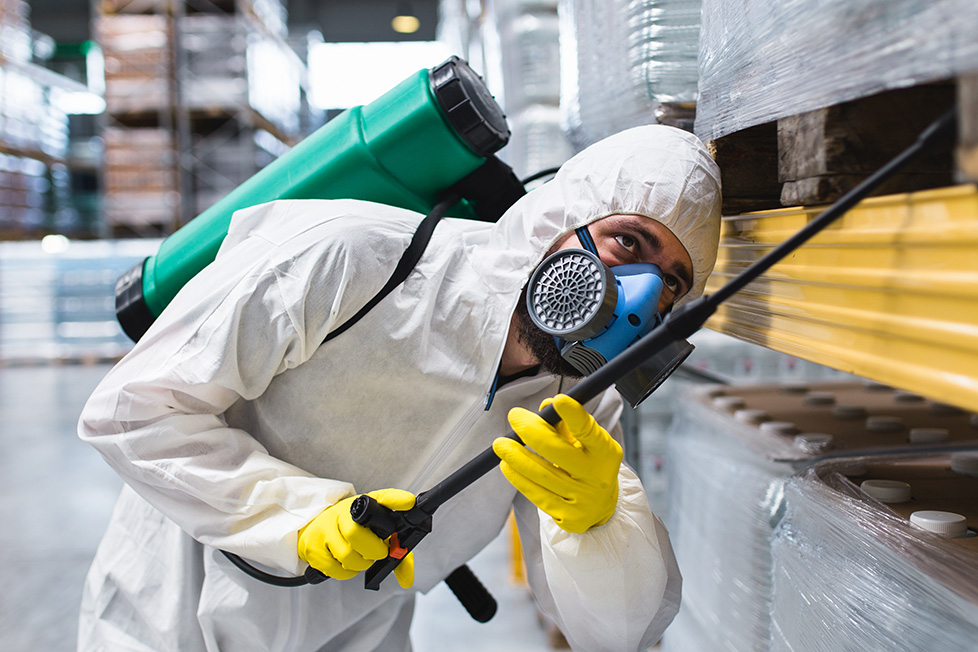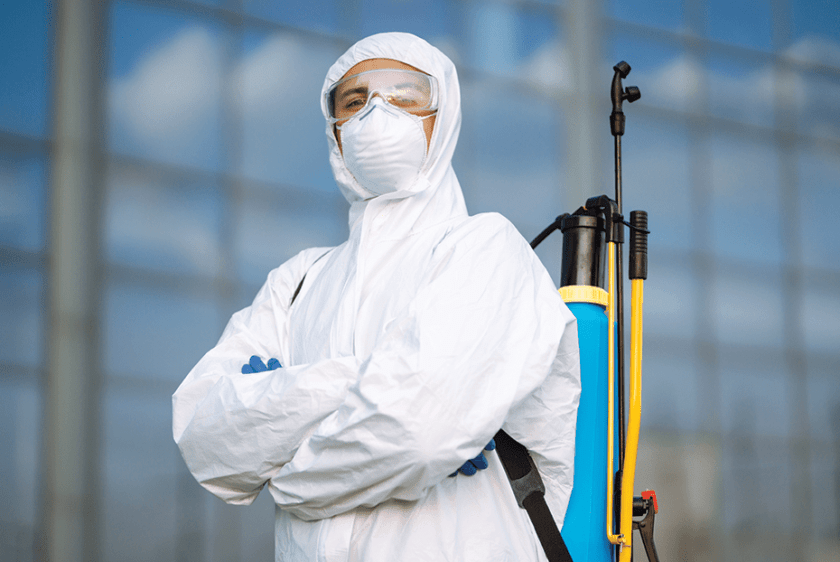High-quality Pest Control to maintain your space clean and pest-free.
High-quality Pest Control to maintain your space clean and pest-free.
Blog Article
Eco-Friendly Pest Control Approaches for Handling Wild Animals in Urban Areas
Urban locations typically locate themselves at the junction of human activity and wildlife, resulting in special obstacles in pest administration. Green approaches emphasize sustainable coexistence, using strategies such as environment modification and natural repellents to alleviate human-wildlife problems. These strategies not only safeguard the atmosphere however additionally boost area involvement in wild animals management. As urban populations continue to grow, comprehending the characteristics of wild animals communications comes to be increasingly crucial. What innovative techniques can be executed to make sure both eco-friendly balance and city safety and security? Discovering this inquiry discloses an engaging landscape of possible remedies.
Recognizing Urban Wild Animals Dynamics
Recognizing Urban Wildlife Characteristics is crucial for establishing efficient and environment-friendly insect control strategies. Urban locations are increasingly becoming environments for different wild animals types, driven by factors such as environment fragmentation, food availability, and human advancement. Recognizing these dynamics enables for a nuanced technique to pest administration that straightens with eco-friendly concepts.
Urban wildlife commonly includes varieties such as raccoons, squirrels, and birds, which adjust to city atmospheres, discovering particular niches in eco-friendly rooms, parks, and even household areas. Their existence can bring about disputes with human beings, particularly when they manipulate personnels for food and sanctuary. Recognizing the behaviors and environmental roles of these types educates techniques that minimize adverse interactions while promoting biodiversity.
In addition, acknowledging the interdependencies within metropolitan ecosystems assists in recognizing crucial areas for environment conservation and restoration. This understanding adds to the advancement of incorporated pest administration (IPM) strategies that consider the eco-friendly balance, thus lowering dependence on damaging chemicals. By cultivating conjunction in between humans and metropolitan wild animals, cities can create healthier atmospheres that profit both homeowners and neighborhood environments, paving the method for lasting city living.
Natural Repellents and Deterrents
Natural repellents and deterrents offer a sustainable choice to conventional bug control methods by utilizing the power of nature to keep undesirable species at bay. These eco-friendly services normally make use of plant-based ingredients, vital oils, and other naturally taking place materials that deter pests without harming the environment.
One effective natural repellent is peppermint oil, which is recognized to push back rodents and insects. Its solid fragrance is unpleasant to many parasites, making it a prominent choice for city settings. Likewise, vinegar and citrus peels can work as deterrents, as their strong odors are normally unattractive to different wild animals.
Furthermore, diatomaceous planet is a natural powder that can be spread in locations prone to parasite activity, properly dehydrating and hindering bugs without posing dangers to non-target species. In addition, garlic sprays and neem oil are acknowledged for their capacity to ward off a large range of pests, consisting of both insects and larger wild animals.
Executing these all-natural repellents not only lowers reliance on chemical pesticides yet likewise advertises a much healthier urban ecosystem, fostering an extra balanced coexistence in between people and wild animals. By utilizing these techniques, city locations can efficiently handle parasite populations while reducing ecological influence.
Environment Adjustment Techniques
Effective habitat modification methods play an essential role in sustainable bug monitoring by modifying the environment to make it less conducive to pest infestations. By recognizing the environmental characteristics of metropolitan locations, homeowner can carry out calculated adjustments that hinder bugs while advertising biodiversity.
(Spider exterminator Port Charlotte)One key technique includes maintaining correct cleanliness. This includes regular waste elimination, securing trash can, and removing standing water to reduce breeding sites for bugs and rats. Additionally, landscaping methods such as choosing indigenous plants can boost ecological balance, supplying environments for useful microorganisms while minimizing resources for bugs.
Another here are the findings important method is to seal entrance factors in structures. Evaluating and fixing splits in structures, walls, and windows can substantially reduce pest gain access to. Additionally, producing physical obstacles, such as fencings or plant barriers, can inhibit wild animals movement into human-inhabited areas.
Integrated Pest Monitoring Practices
Structure upon habitat alteration methods, integrated bug management (IPM) techniques provide a holistic strategy to controlling parasite populaces while minimizing ecological effect. IPM combines numerous techniques, consisting of biological, social, mechanical, and chemical controls, to accomplish efficient parasite monitoring.
Biological control entails the introduction of all-natural predators or parasites to reduce insect populaces. Cultural techniques, such as plant turning and sanitation, interrupt pest life process and decrease their environments - Pest Control. Mechanical controls, like catches and obstacles, offer immediate remedy for parasite pressures without chemical treatment
Chemical controls are made use of as a last option, concentrating on targeted applications that limit injury to non-target species and the atmosphere. The choice of eco friendly pesticides, when needed, is indispensable to the IPM structure. In addition, checking pest populations and evaluating possible damage helps notify decision-making, making certain that treatments are timely and effective.
Area Participation and Education

(Fire Ant Control)Workshops and educational sessions can gear up citizens with expertise about native types, environment conservation, and effective safe parasite monitoring techniques. Partnership with institutions, neighborhood companies, and federal government agencies even more improves instructional outreach, ensuring that necessary information reaches varied target markets.
Furthermore, community-led campaigns, such as community clean-up days and environment repair tasks, not just advertise biodiversity but also strengthen community ties. Pest Control. By encouraging locals to share their experiences and observations, neighborhoods can establish targeted methods that attend to certain regional bug problems
Integrating comments from locals into insect administration prepares allows an extra responsive and adaptive technique to wildlife difficulties. Eventually, notified and engaged neighborhoods are essential to accomplishing long-lasting success in eco-friendly pest control, resulting in healthier urban environments that respect both human and ecological requirements.

Verdict
In verdict, eco-friendly insect control approaches offer lasting options for taking care of urban wildlife. By prioritizing habitat modification, using all-natural repellents, and applying incorporated insect administration methods, neighborhoods can promote an unified conjunction with neighborhood animals.
Report this page